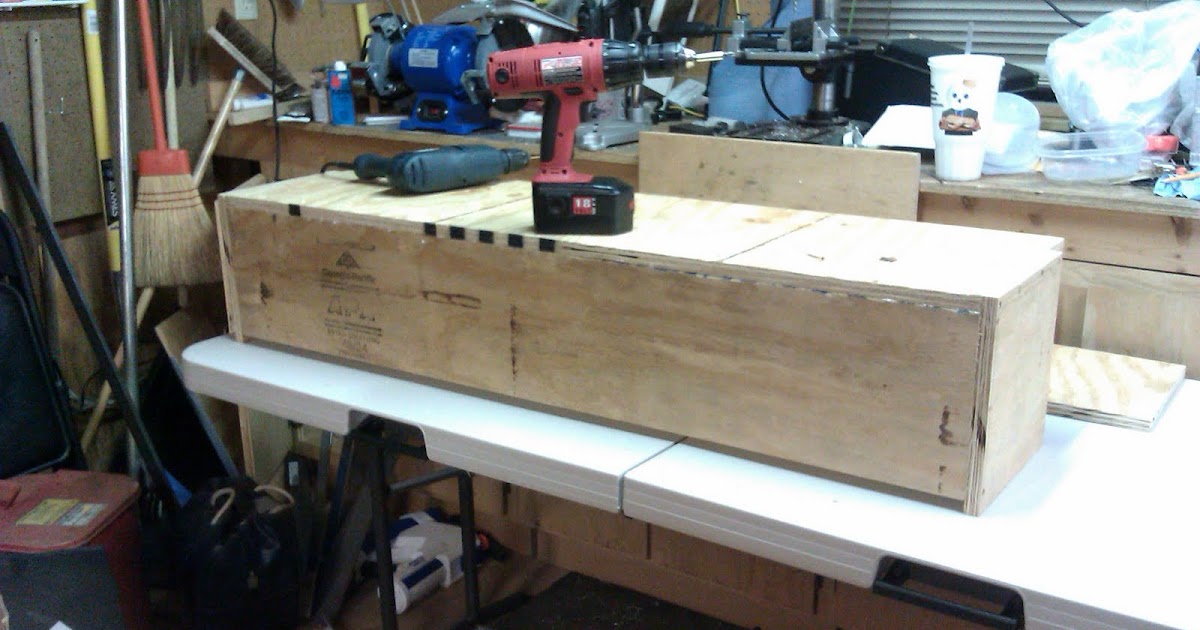eddie_yeti
New member
Just found this thread; I've been using a TMax system for around 8 years now and so far so good. I need to replace my secondary battery, can I use a different battery than my starter battery? Right now they match and I cant find for certain if this system is good with different size/types of batteries.

